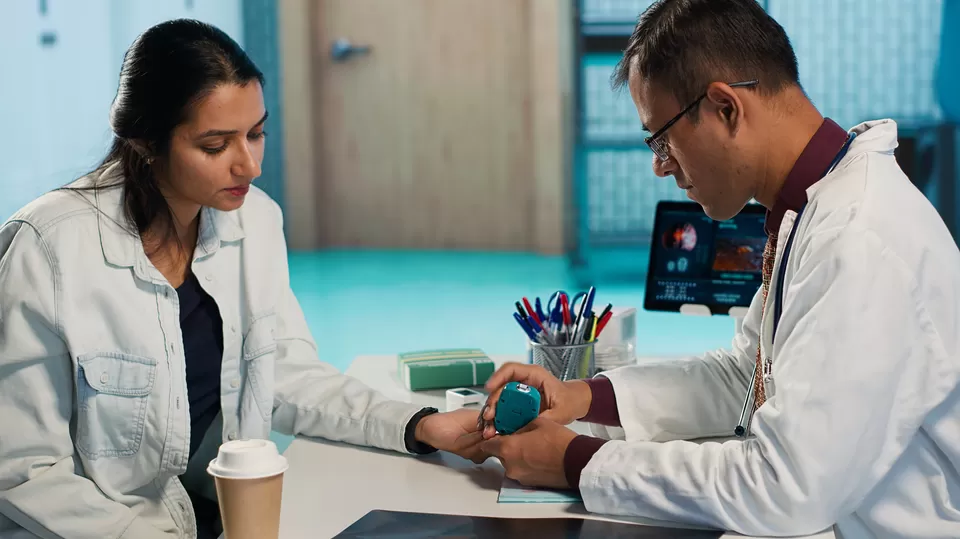In the ever-evolving world of healthcare, where innovation meets strict regulatory demands, the term "pharmacopeia" stands as a pillar of quality assurance. Whether you're involved in pharmaceutical manufacturing, clinical research, or regulatory affairs, understanding the role and significance of pharmacopeias is essential for ensuring drug safety, efficacy, and consistency.

What Is a Pharmacopeia?
A pharmacopeia is an official publication containing a list of medicinal substances and their quality standards, including information on drug identity, purity, strength, and analytical methods for testing. Essentially, it is a reference manual that sets the legal and scientific benchmarks for pharmaceutical products.
Governments and regulatory bodies around the world rely on pharmacopeias to standardize drug quality, enabling uniformity across manufacturing, testing, and distribution.
Why Pharmacopeias Matter
The importance of pharmacopeias cannot be overstated. As the backbone of pharmaceutical regulation, they provide:
Assurance of Quality: Pharmacopeias define the minimum acceptable standards for drug ingredients and finished products, ensuring consistency and safety.
Regulatory Compliance: Companies must comply with the pharmacopeial standards applicable in the region where their products are manufactured or sold.
Global Harmonization: With efforts like the Pharmacopeial Discussion Group (PDG), regulatory authorities are working toward harmonizing pharmacopeial standards to streamline global drug development.
Key Components of a Pharmacopeia
Each pharmacopeia typically includes the following sections:
Monographs: Detailed profiles of active pharmaceutical ingredients (APIs), excipients, and finished dosage forms. Monographs describe identification tests, assays, impurity limits, and packaging/storage conditions.
General Chapters: These outline analytical methods (e.g., spectroscopy, chromatography), microbiological testing, dissolution, and sterility procedures.
Reagents and Reference Standards: Guidelines on chemicals, solutions, and certified reference standards used in pharmaceutical testing.
Guidelines for Manufacturing Practices: Some pharmacopeias include sections aligned with good manufacturing practice (GMP), helping manufacturers maintain quality across production lines.
Pharmacopeial Standards and Drug Lifecycle
Pharmacopeial standards influence every stage of a drug’s lifecycle:
Research and Development: During the early phases of drug development, pharmacopeial methods serve as benchmarks for testing new compounds.
Manufacturing: In production, pharmacopeial standards help maintain consistency across batches and facilities.
Regulatory Submissions: Compliance with pharmacopeial standards is often required for marketing authorization applications submitted to health authorities.
Pharmacopeia vs. Internal Specifications
While pharmacopeial standards provide the minimum legal requirements, many pharmaceutical companies develop internal specifications that are even stricter. These may include additional tests or tighter acceptance criteria, especially for high-risk products or regulated markets.
In such cases, internal quality assurance teams often refer to the pharmacopeia as the baseline, enhancing it to suit specific product requirements or regulatory expectations.
The Role of Pharmacopeias in Advanced Therapy Products (ATPs)
As the pharmaceutical landscape evolves, Advanced Therapy Products (ATPs)—including cell and gene therapies—present new challenges for standardization. Pharmacopeias are adapting by introducing new monographs and guidelines specific to biologics, personalized medicine, and novel modalities.
For example, the European Pharmacopoeia has included chapters on gene therapy medicinal products, and the USP has proposed guidance for raw materials used in cell therapy. These efforts reflect a growing recognition of the need for pharmacopeial relevance in modern, complex therapies.
Global Harmonization and Future Outlook
Pharmaceutical companies operating globally often face the challenge of navigating multiple pharmacopeias, each with slightly different standards. To mitigate this, regulatory bodies formed the Pharmacopeial Discussion Group (PDG)—an initiative by the USP, Ph. Eur., and JP to harmonize selected monographs and general chapters.
Additionally, pharmacopeias are increasingly transitioning to digital formats, making updates more accessible and integrating them with quality management systems. The future may bring real-time pharmacopeial databases, AI-driven compliance checks, and greater harmonization, ultimately enhancing patient safety and product quality worldwide.
Final Thoughts
Pharmacopeias are more than just regulatory documents—they are living, evolving tools that ensure the safety, efficacy, and quality of medicines for billions of people. Whether you are a researcher, manufacturer, or regulator, aligning with pharmacopeial standards is non-negotiable for maintaining trust in healthcare.
At Xellera Therapeutics, we recognize the critical role pharmacopeial compliance plays in the development and manufacturing of Advanced Therapy Products (ATPs). As a trusted CDMO partner, we integrate pharmacopeial best practices across all stages of cell and gene therapy development to ensure the highest levels of quality and regulatory readiness.













